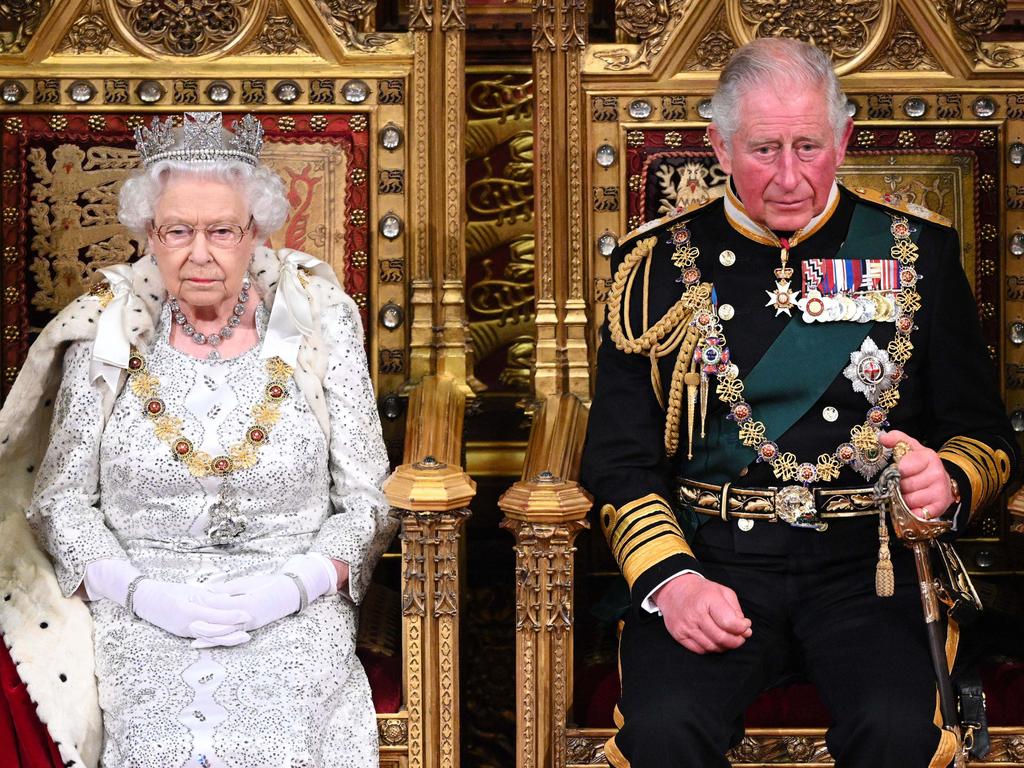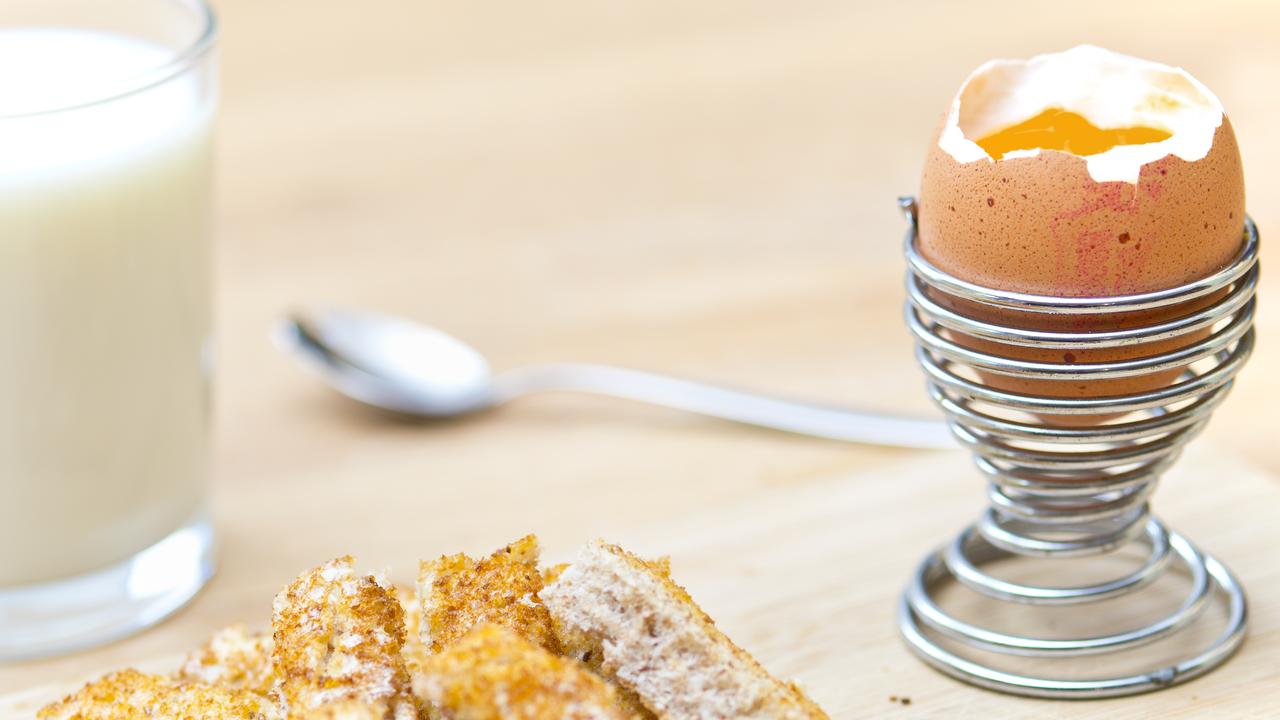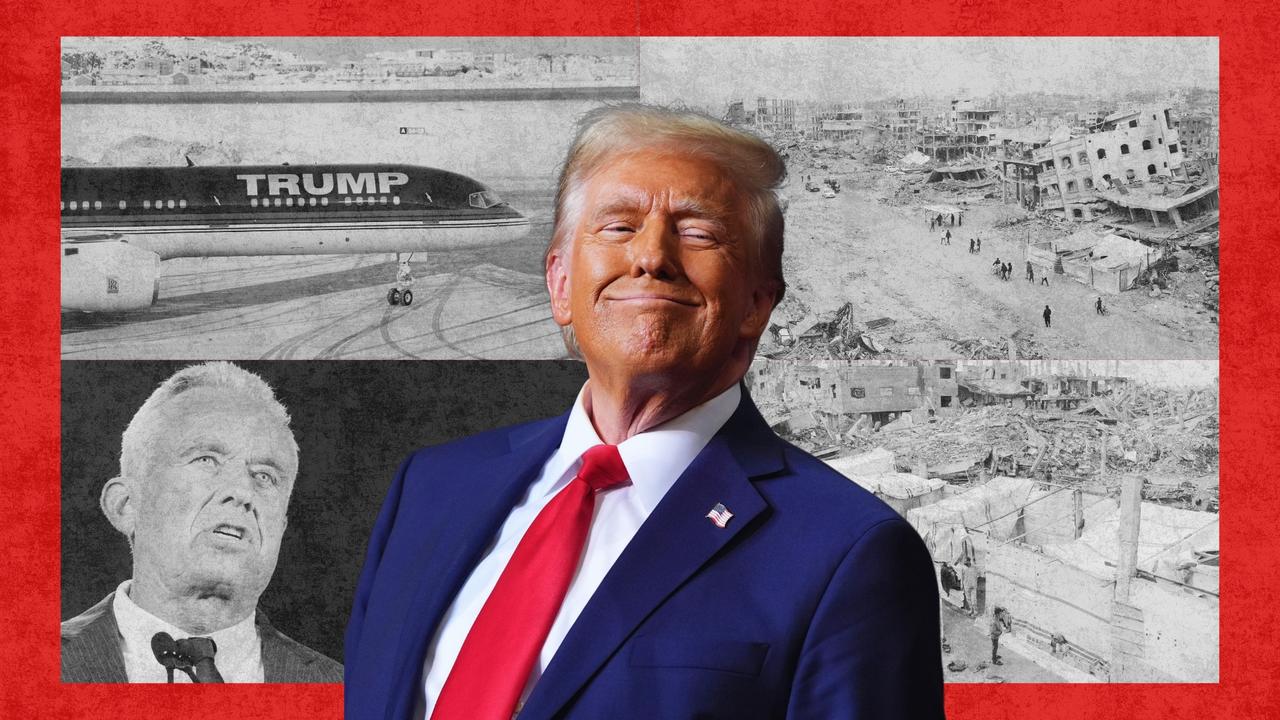King’s reign: slimmed-down monarchy is fit for the 21st century
The Palace once spent $156,000 on changing lightbulbs. The Queen knew it couldn’t go on.

While Britain changed as a country during the Queen’s reign, the royal family changed too. Gradually - and sometimes not so gradually - the style, working practices and general assumptions that went unquestioned in the 1950s were exposed to scrutiny and, where they were found wanting, reworked to fit in with the spirit of the times. While the Queen was always resistant to sudden change, she was aware, more than some of her ossified courtiers, that the royal family was only there with the consent of the people, and if it did not adapt it would die.
Even the concept of who is regarded as an essential member of the royal family has shifted subtly. While the Court Circular still lists the activities of 16 members of the royal family - a theoretical figure; in reality it is 12 - Charles has long favoured the idea that it should be confined to an inner core of the sovereign and his or her consort, children and grandchildren.
The fact that he had won the argument was seen most conspicuously in the celebrations for the Queen’s Diamond Jubilee, when the balcony appearance at Buckingham Palace featured not a huge array of cousins, nieces and wives but only six people: the Queen - without the Duke of Edinburgh, who was in hospital - the Prince of Wales, the Duchess of Cornwall, the Duke and Duchess of Cambridge and Prince Harry. The Duke of York was said to have been not best pleased with the arrangement.

Over the dramatic autumn and winter of 2019-20 the royal family slimmed down further, albeit in a way that neither the Queen nor Charles would have wished for. In November 2019, after a woefully misjudged interview with the BBC about the Jeffrey Epstein scandal, Prince Andrew was forced to give up his official royal duties. A couple of months later the Duke and Duchess of Sussex announced that they were stepping down as “senior royals”. By April 2020 they were no longer working members of the royal family and had set up home in California.
One of the Queen’s greatest achievements was to bring down the cost of the royal family. During her reign money was always a matter of dispute between the Palace and parliament and the media. Even before she was Queen, when she married Prince Philip, there were bitter political rows about how much money she should receive.
In the late 1960s pressure on the civil list meant that the Palace was overspending and for a couple of years the Queen had had to draw on her private income to pay the bills. Staff numbers were down 15 per cent on what they had been when she acceded to the throne.
Politically, it was a minefield for the royal family: giving more money to someone described as the richest woman in the world, even if she was hardly in a position to sell the crown jewels, was always a difficult proposition, let alone in times of economic hardship. Philip made an unhelpful contribution when, in an interview with American television, he said that the finances of the royal family would go into the red in 1970. “We may have to move into smaller premises, who knows?” He had already been forced to sell a small yacht, and he expected that he would have to give up polo. It did not go down well.
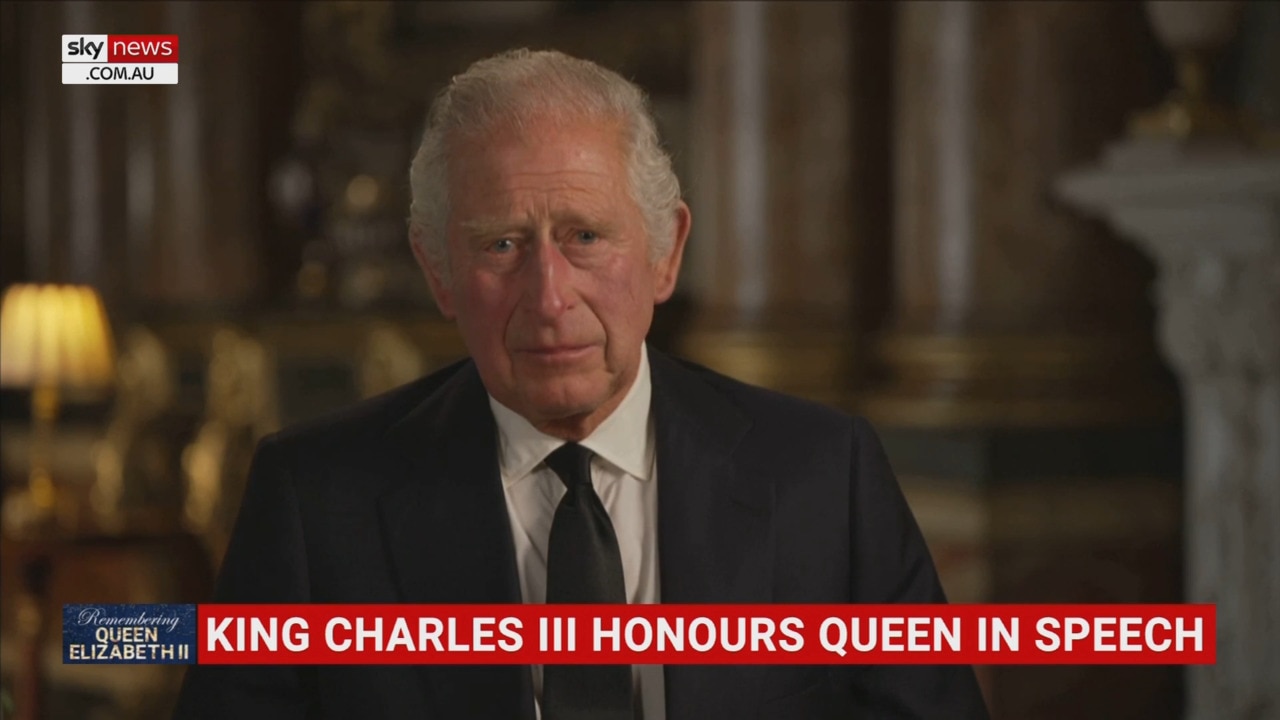
Every time a new figure was negotiated for the civil list, it prompted unhelpful headlines about pay rises for the Queen, and regular battles between parliament and Palace over financing made it a fraught time for the royal household. During the 1970s a Commons select committee had recommended the nationalisation of the Duchy of Lancaster and Duchy of Cornwall, the two private estates that fund, respectively, the Queen and the Prince of Wales, and putting most senior members of royal family on state salaries. The rest would be sacked.
By the 1980s it became apparent that something would have to be done. When Lord Airlie was appointed lord chamberlain in 1984, he and other senior officials worked up a plan that if the monarchy could become more efficient, the government would give it greater control over its own financial affairs.
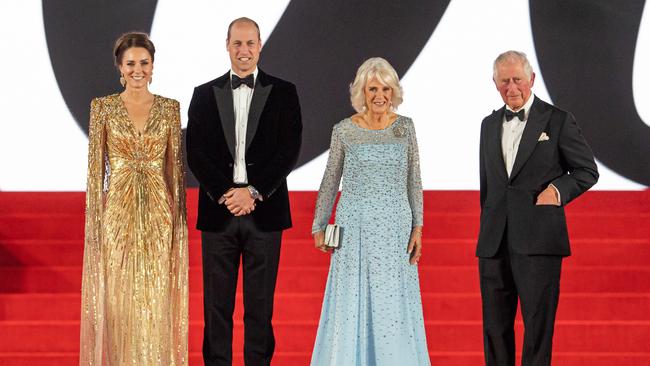
Michael Peat was brought in from KPMG Peat Marwick to go through every aspect of the Palace’s finances to work out how things could be done more efficiently. Even the Queen had her own, small, input. “Why,” she would ask, “have I got so many footmen?”
The result was a 1,383-page report in 1986 with 188 recommendations on how to improve business practices and cost-effectiveness, covering everything from the introduction of combination boilers at Buckingham Palace to portion control in the staff dining rooms. Every aspect of Palace life was ripe for efficiency savings: the bill for changing lightbulbs turned out to be £92,000 ($156,000) a year.
Slowly, costs began to come down. In 1991-92 running the royal family cost £65.5 million ($110m). By 2000 that had been reduced to £38 million ($64m).
By the beginning of the 1990s, however, there was further pressure on the royal family. A series of newspaper attacks at about the time of the Gulf War on the frivolous behaviour of the younger royals, combined with a television documentary on royal finances, led to a growing clamour for the Queen to start paying income tax. Although it was a 20th-century innovation that the sovereign did not pay tax, there was no pressure from the Major government for her to start doing so. The Queen, however, thought that it was time to act and in early 1992 talks were set up with the Treasury to see how it should be done.

As always, the Queen did not like to be rushed, which led to an unfortunate coincidence of timing. When the announcement finally came that she and the Prince of Wales would voluntarily pay income tax, it was only a few days after the fire at Windsor Castle and the Queen’s “annus horribilis” speech, and looked like she had bowed to the most recent wave of media pressure. But she had, perhaps, bowed to a longer-term inevitability.
The announcement also said that the Queen would reimburse the government for the civil list costs of all the royal family apart from the Queen Mother and the Duke of Edinburgh. What anti-monarchists liked to call state-funded hangers-on would be removed from the balance sheet, although the fact that the official transport costs of the likes of the Duke of York - dubbed Air Miles Andy by some media - continued to be paid by the state meant that the cost of the royal family carried on making unwelcome headlines. In 2012 the Palace got more control over its finances when George Osborne, as chancellor of the exchequer, replaced the civil list with the sovereign grant.
Then, in a short space of time, Andrew, Harry and Meghan were off the books. The swiftness with which Andrew was forced to step down, and the robust way that the Sussexes were told that their departure was going to be on the Palace’s terms, not theirs, showed that the Queen was well aware that if the royal family wished to continue to receive public approval, it had to remain above reproach. They are only there by consent.




